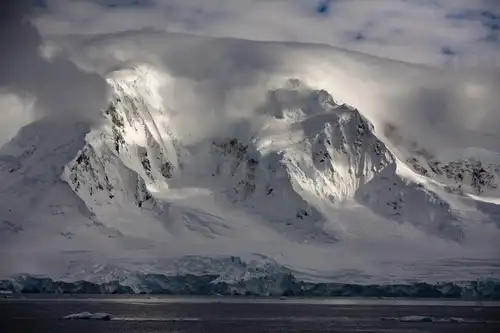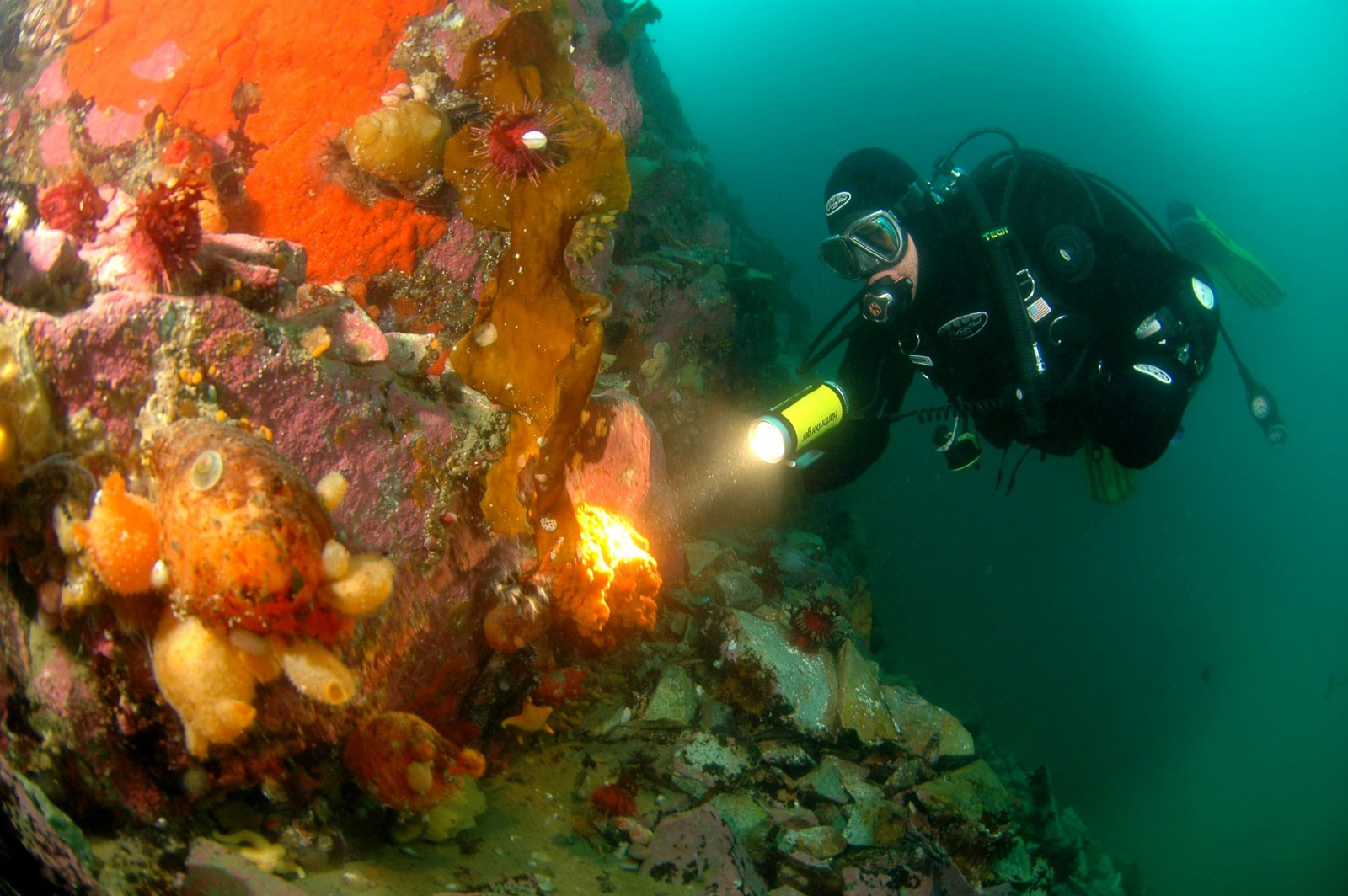Ice diving offers an extraordinary experience on an Antarctica diving trip. The dive sites are teeming with a unique array of colorful marine life, including penguins and leopard seals, which are exclusive to this region.
While we cannot guarantee specific wildlife sightings, the chances are high that you will encounter these fascinating creatures during your journey.
Commonly spotted animals while diving in Antarctica include sea butterflies, kelp walls, and sea hedgehogs. Those equipped with good underwater photography gear might also capture images of giant isopods and jellyfish.
Despite the incredible diversity in the Antarctic, we require our diving participants to have a certain level of experience for their safety.
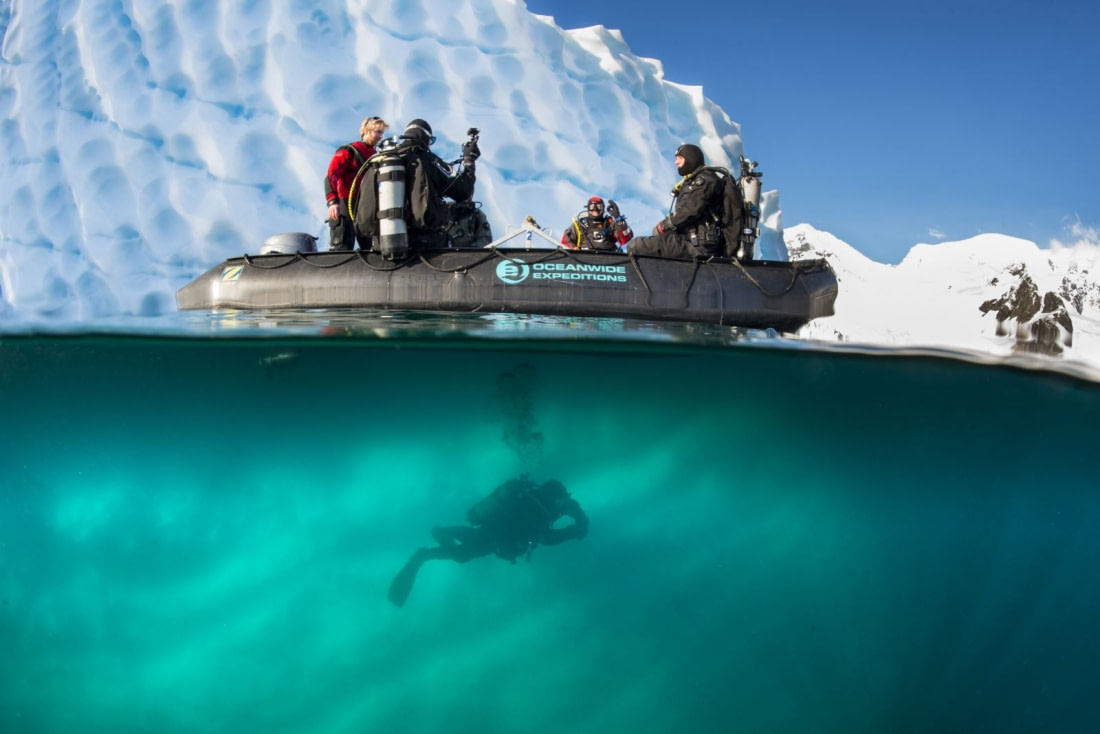
Will I be permitted to dive?
Unlike many common dive spots around the world, polar regions require special dive skills beyond basic scuba diving classes. We only offer our Antarctic diving trips to divers with at least 30 dry suit (cold water) dives.
Scuba divers must verify their experience with a dive log and an internationally recognized diving certificate. We regret that we cannot accommodate divers who do not meet these requirements, but these regulations ensure everyone's safety and comfort.
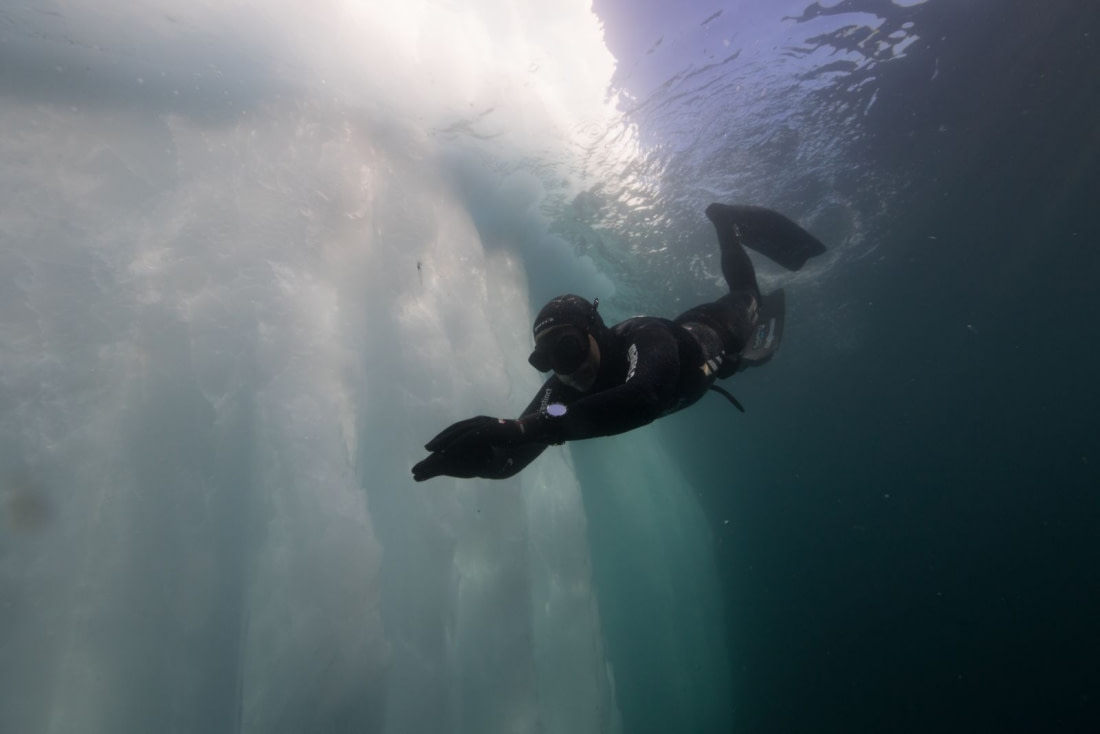
Is diving in Antarctica worth the trip?
The prospect of encountering new marine life is undoubtedly compelling for many divers, but some may still question if the journey to Antarctica is worthwhile. It's a fair question.
Drew Richardson, CEO and president of the Professional Association of Diving Instructors, is one of the most active divers globally. When asked by Men’s Journal about his most memorable dives, he listed Antarctica among his top three, stating, “There is no baseline of comparison.”
More importantly, our passengers consistently return from our dives glowing with excitement, which we consider proof that Antarctica is more than worth the trip.
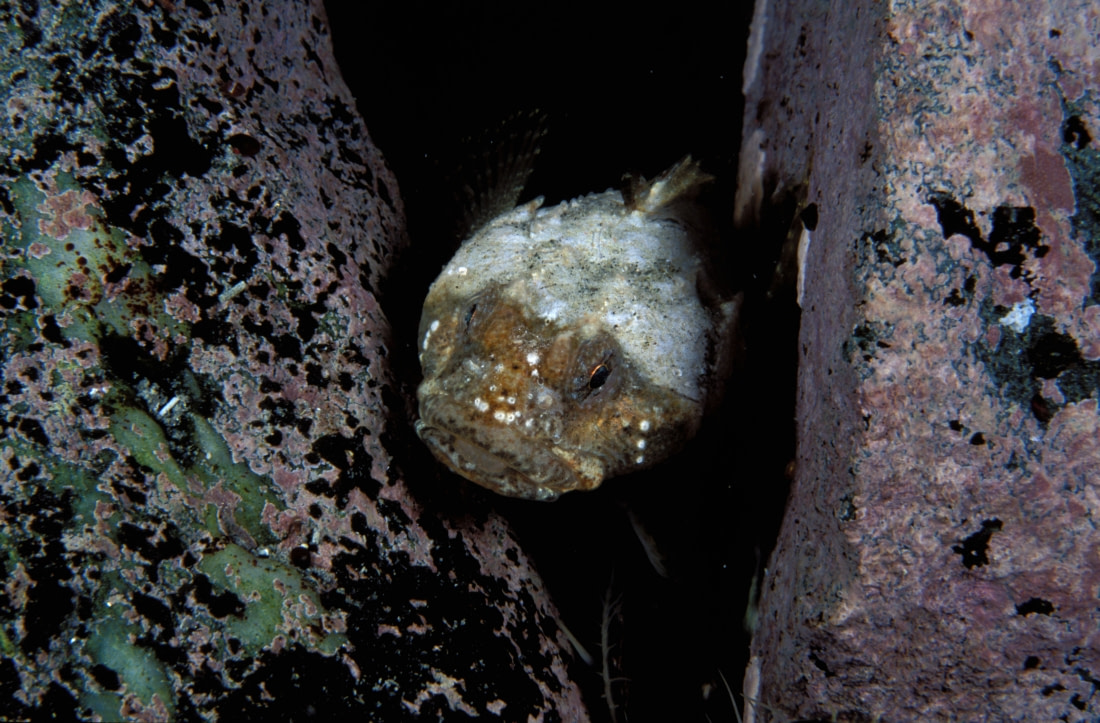
Are deep or trick dives possible?
Due to potential safety hazards, our dive guides do not allow deep dives or trick diving. The typical maximum depth for Antarctic diving is 20 meters (65 feet), which still offers plenty of marine life to see. Keep in mind that light can be very minimal beneath the Antarctic waters, so diving deeper without specialized equipment often does not yield good results.

Booking an Antarctica diving adventure
Whether you wish to dive in Antarctica or explore the far-north Arctic, we offer amazing experiences in a variety of stunning locations. Please note there is a fee for booking the diving supplement, and we cannot guarantee specific weather or wildlife encounters above or below the waves.
However, you will have the opportunity to partake in one of the rarest outdoor activities in the world, witnessing a marine world few divers get to experience in person.
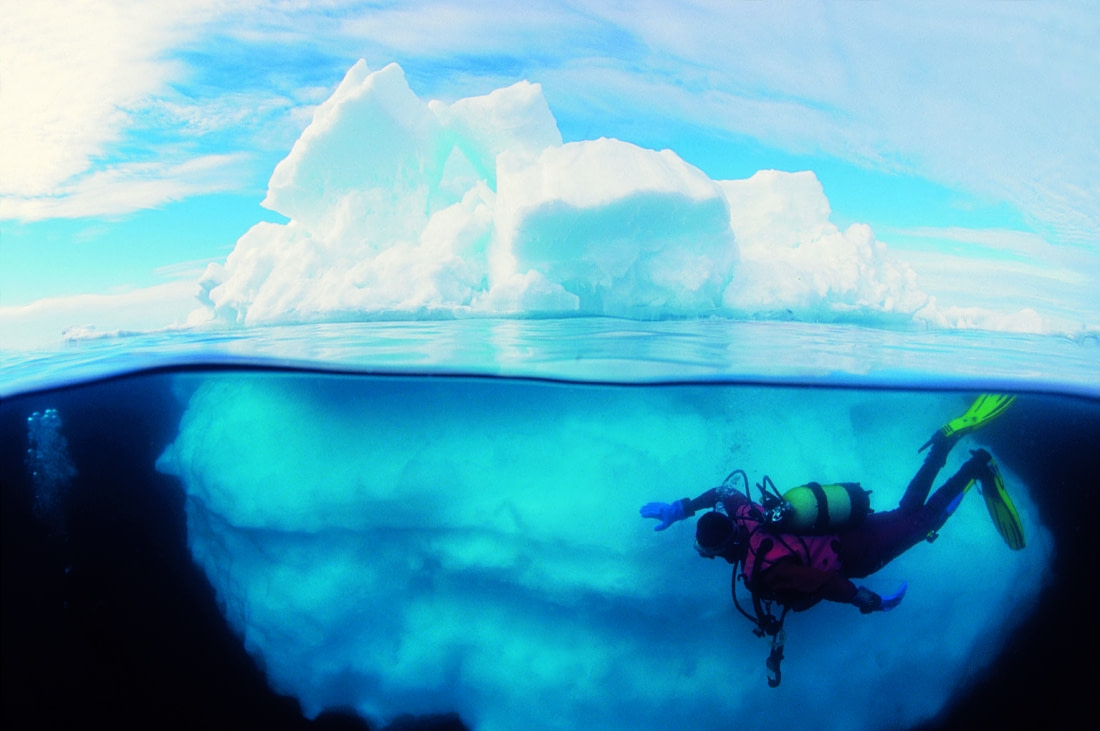
Blog



Traditional Lifestyles of the Inuit
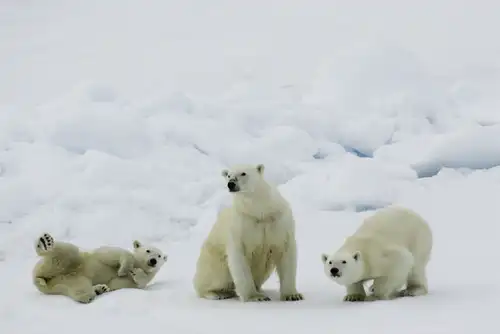
Polar bear encounter in Spitsbergen
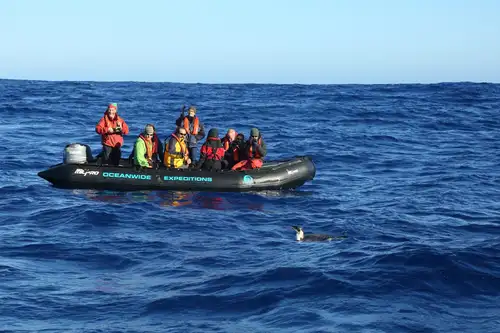
The Emperor Penguin of the Drake Passage
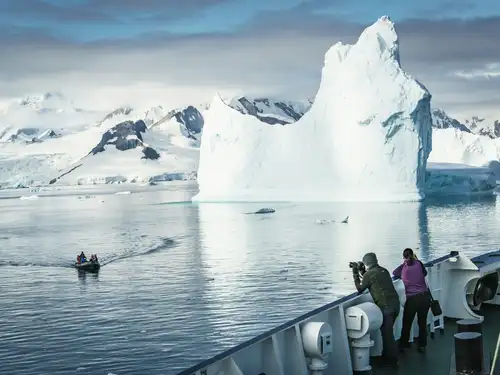
Antarctic Explorer’s Voyage
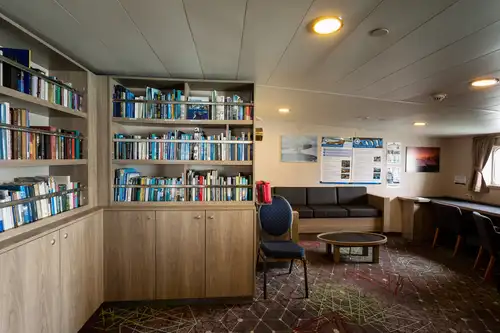
Book Recommendations for Your Polar Cruise
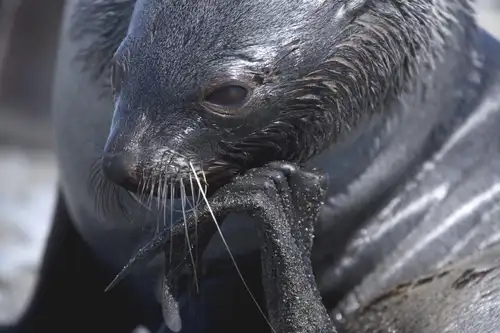
Coming Back from the Brink: The Fur Seals of Antarctica
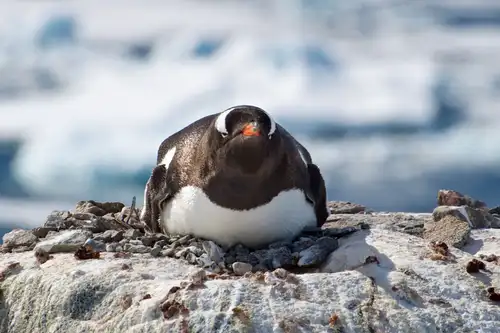
Life in a Penguin Colony
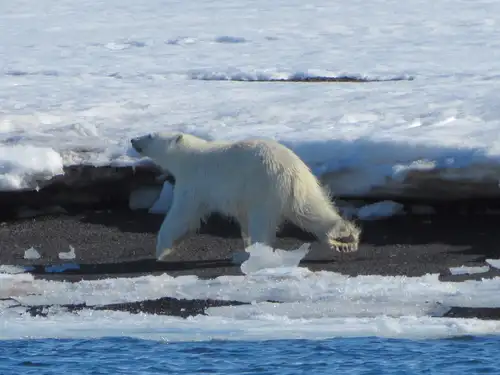
Polar bear feast
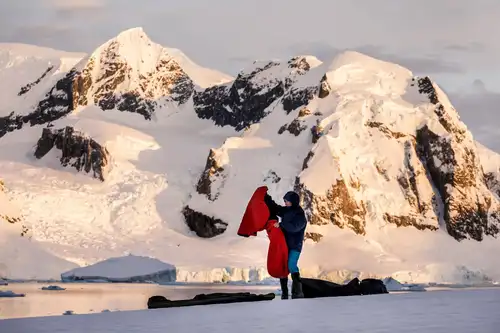
Camping in Antarctica: a True Expedition Experience
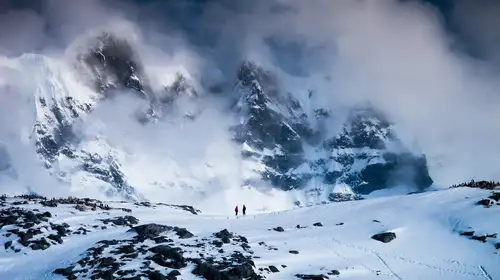
Eight Antarctic Misconceptions
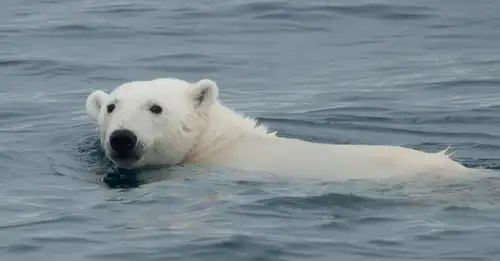
Polar Bear Sets Impressive New Diving Record
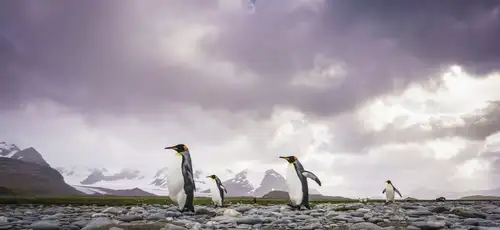
Penguins, Albatrosses, Petrels: The Winged Wildlife of South Georgia
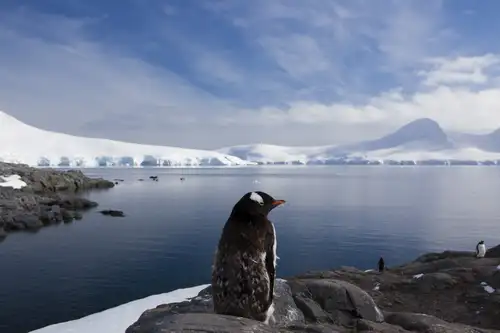
Guidelines for visitors to Antarctica
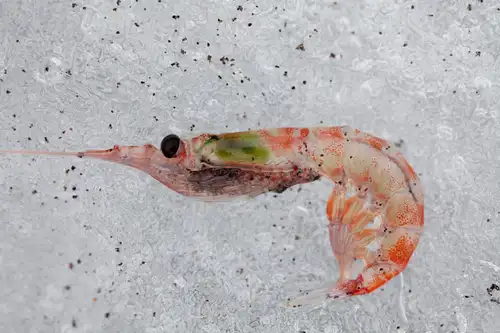
Life in the Polar Regions
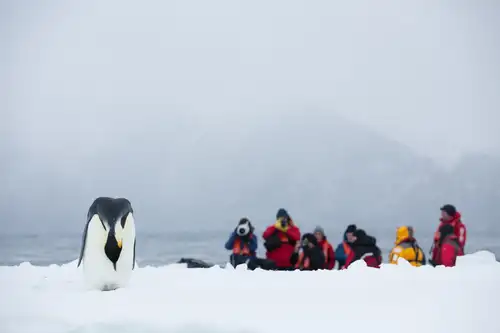
Five Reasons You Should Cruise the Ross Sea Immediately
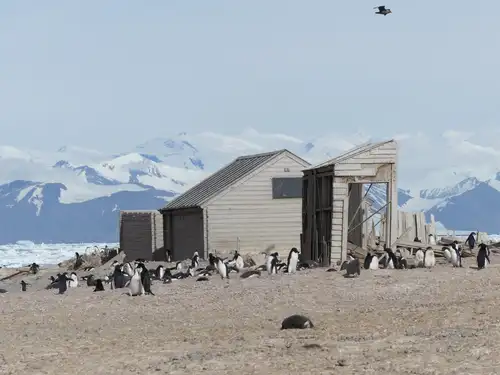
The First Buildings in Antarctica: Borchgrevink’s Historic Huts
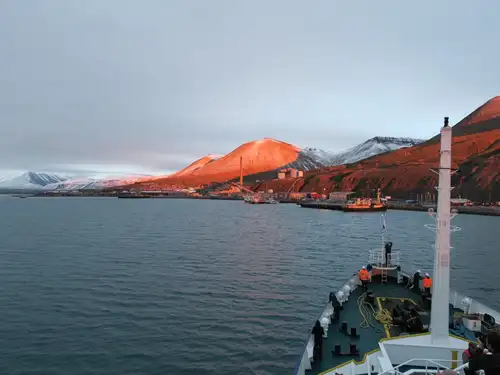
Port Pastimes: 7 Fun Things to Do in Longyearbyen

Antarctica’s Hourglass Dolphin

Weddell seals: The data collectors scientists of Antarctica
